Here’s a fun, no-nonsense peek behind the curtain of car dealerships—straight from a guy who’s heard every excuse in the book. Whether you’re scrolling through endless scrolls of glossy SUV ads or stalking your neighbor’s shiny new whip, we’ve all whispered little justifications to our reflection. But as your friendly neighborhood car salesman, I’m here to spill the tea on those sneaky thoughts that make you hop on the lot faster than you can say “zero percent APR.” Buckle up—let’s debunk 12 classic lies people tell themselves to justify buying a new car.
1. “Everyone Else Is Upgrading, I’ll Look Stuck in the Past if I Don’t”

It’s totally normal to feel FOMO when your friends are posting their new rides on Instagram like badges of honor. But when you start thinking your self-worth is tied to which taillights you’re rocking, you’re letting marketing departments win. As reported by Forbes, social pressure is a key driver in automotive purchases—nearly 40% of buyers admit they’re influenced by what friends and peers think. That “keeping up with the Joneses” mindset can push you into deals that don’t fit your budget or lifestyle just so you can flex in the group chat.
And here’s the reality check: most people don’t care nearly as much about what car you drive as you think they do—after a month, they’ve moved on to the next shiny thing anyway. Moreover, chasing status symbols often leads to impulse buys and long-term buyer’s remorse when your bank account starts sending you passive-aggressive overdraft alerts. Instead of letting peer pressure dictate your purchase, focus on what you actually need: reliability, fuel efficiency, and a car payment that doesn’t make your rent look jealous. Trust me, the only person who needs to be impressed by your car is you—and maybe your mom when she rides shotgun.
2. “I’ll Just Roll My Trade-In Into the New Loan — Who Cares About Interest?”
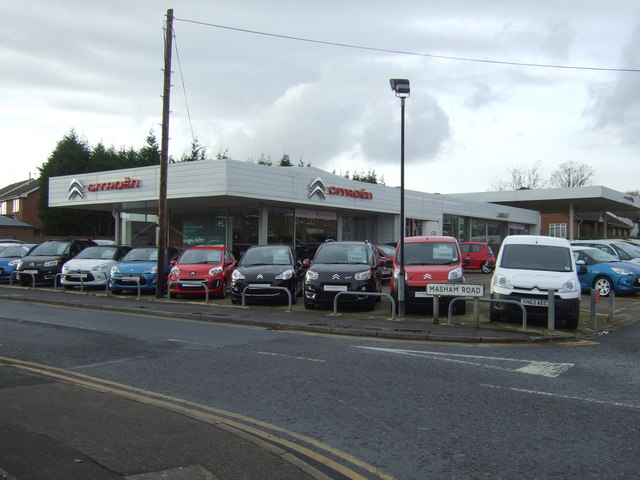
You tell yourself, “Hey, I’ll just tack my old ride’s remaining balance onto this one-plus-interest deal, and it’s all smooth sailing.” But here’s the kicker: stacking that old loan onto a new one only means you’ll be paying interest on interest. That’s like putting salt on your salt—totally unnecessary and a bit ridiculous. Even if you’re thinking it’s easier to bundle everything at once, banks see it as an extended opportunity to squeeze more interest from you. And guess what? That “easy” monthly payment you’re imagining could stretch out your loan term by years, leaving you underwater long after your shiny wheels have lost that new-car sparkle.
As the Consumer Financial Protection Bureau points out, rolling negative equity into a new loan only increases your total loan costs and the interest you’ll pay over the life of the loan. Dealers love it when you think, “Eh, it’s just paperwork,” because it pads our bottom line—and by extension, your loan balance. Trust me, I’ve seen accounts where customers paid for three years on a car that was worth half the loan balance by year two. So before you hop into another extended-term trap, ask yourself if you’re comfortable trading short-term convenience for long-term regret. Because, believe me, the only thing worse than a car payment is a car payment that sticks around way longer than the car itself. It’s a classic bait-and-switch, and you’re the bait.
3. “My Lease Payment Is Basically Free Money—It’s Like Rent!”

You might argue, “Leasing is just like renting an apartment—why not keep upgrading every few years?” But here’s the thing: that lease payment isn’t helping you build equity or ownership in any way. It’s pure, unadulterated money down the drain—kind of like paying a subscription fee to drive. According to Edmunds, putting money down or making those monthly lease payments doesn’t equate to equity—you’re essentially covering depreciation and interest, and you never end up owning a thing.
When you walk away, all that “investment” evaporates, and you have nothing to show for it. Think of it as if you rented a brand-new iPhone for three years and returned it at the end—you’d feel pretty silly seeing your old phone sell for half price on eBay while you rented the new model all along. And don’t even get me started on the mileage penalties, wear-and-tear fees, and disposition charges—that’s where the real wallet damage happens. It’s the ultimate short-term gratification trap, dressed up as “responsibility.” Dealers love leasing because it keeps you coming back every few years, lined up and ready to sign on the dotted line. So if you’re telling yourself you’re “just renting,” remember: rents build no equity, and at the end of the lease, you still have to hustle for your next set of wheels.
4. “I Need All the Latest Safety Tech—It’s Non-Negotiable”
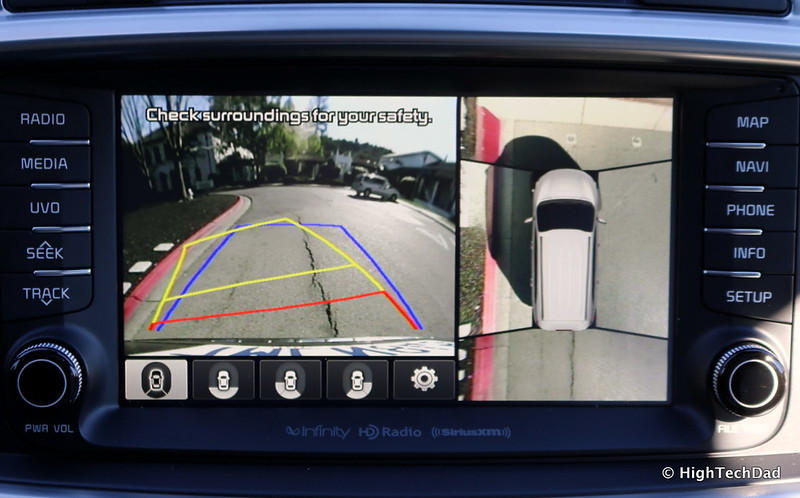
You convince yourself that lane-keep assist, 360-degree cameras, and pedestrian detection are life-or-death essentials—and don’t get me wrong, additional safety features can be amazing. But here’s the ugly truth: once you start stacking tech options, the sticker price skyrockets faster than you can say “adaptive cruise control.” According to a study by the New York Times, advanced driver-assist systems can add thousands to the MSRP, and not all of them are fully foolproof or standardized across manufacturers. Some features aren’t calibrated well, leading to false alarms or worse, a dangerous overreliance on semi-automated driving.
So while you’re picturing those feature-packed YouTube unboxings, remember that you’re often paying a premium for beta-level systems. And as exciting as the latest tech is, most drivers use fewer than half of their car’s advanced functions on any given day. It’s like buying a smartphone with a built-in drone—you might think you need it until you realize you’ve only ever tapped the drone app twice. Before you shell out big bucks for every safety gadget, weigh the cost against the actual benefit and consider aftermarket upgrades or certified pre-owned models that include similar features at a discount.
5. “I’ll Get a Better Interest Rate If I Buy New”
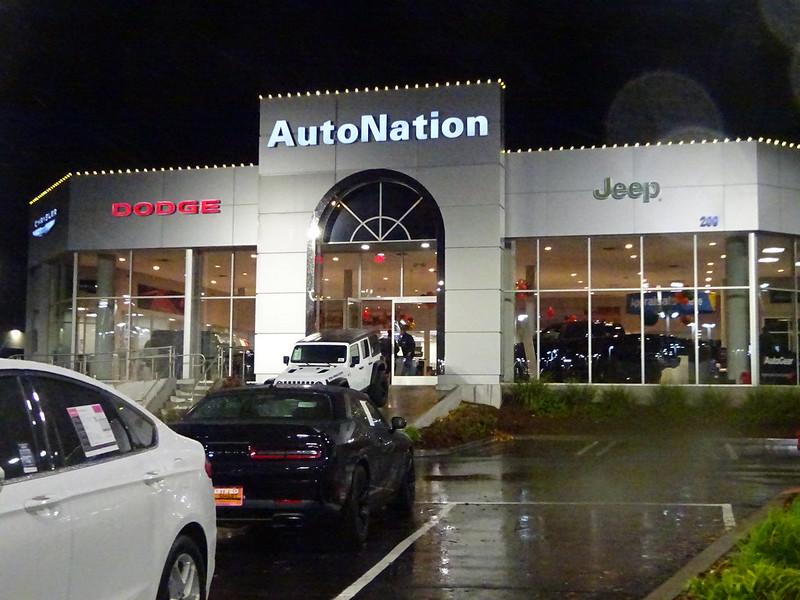
You tell yourself, “I’ve got stellar credit, so a fresh-off-the-lot purchase means rock-bottom APR.” While new-car incentives often include low-rate offers, those deals usually come with strict qualification criteria and limited-term promos. According to Bankrate, only about 20% of buyers actually secure the advertised 0% financing—most end up with slightly higher rates once marketing fees and dealer markups come into play.
And here’s the kicker: certified pre-owned (CPO) vehicles sometimes enjoy competitive rates that, after a quick calculation, can rival or even beat your new-car offer. Add in that a used car’s sticker price is generally lower, and you could save thousands overall even with a slightly higher APR. Plus, depreciation hits hardest in the first year—driving off the lot instantly shaves 15–20% off the car’s value—so you’re upside-down on your loan before you even leave the dealership. That’s right: you’re paying interest on a loan amount that’s already higher than the car’s worth. Low advertised rates are great… if you’re one of the lucky few who truly qualify, and if you don’t mind that brutal first-year depreciation bite. Otherwise, a well-maintained pre-owned gem might be the smarter path to both savings and moderate financing.
6. “A New Car’s Warranty Will Save Me Thousands in Repairs”

You might be thinking, “No more surprise repair bills—thank goodness for that 3-year bumper-to-bumper warranty!” But warranties come with fine print, exclusions, and deductible fees that often limit what’s covered. Many factory plans only last for a few years or miles before you’re back to paying out of pocket, and heavy wear items like brakes and tires usually aren’t included. Plus, extended warranties are pitched as “peace of mind,” but they often cost more than the average repair you’d face in that same period. You’re effectively pre-paying for repairs you might never need, and some dealers mark up warranty prices by 200% or more.
Realistically, setting aside a small emergency fund for predicted maintenance can be cheaper and more flexible than rolling the dice on an extended plan. A used car with a remaining factory warranty can offer similar protection without the premium price of a new vehicle. So before you swear by that shiny warranty booklet, compare the cost of genuine repair estimates against the warranty price—and remember, knowledge is your best defense against dreaded service surprises.
7. “I’ll Save on Gas with That Eco-Friendly Hybrid or EV”
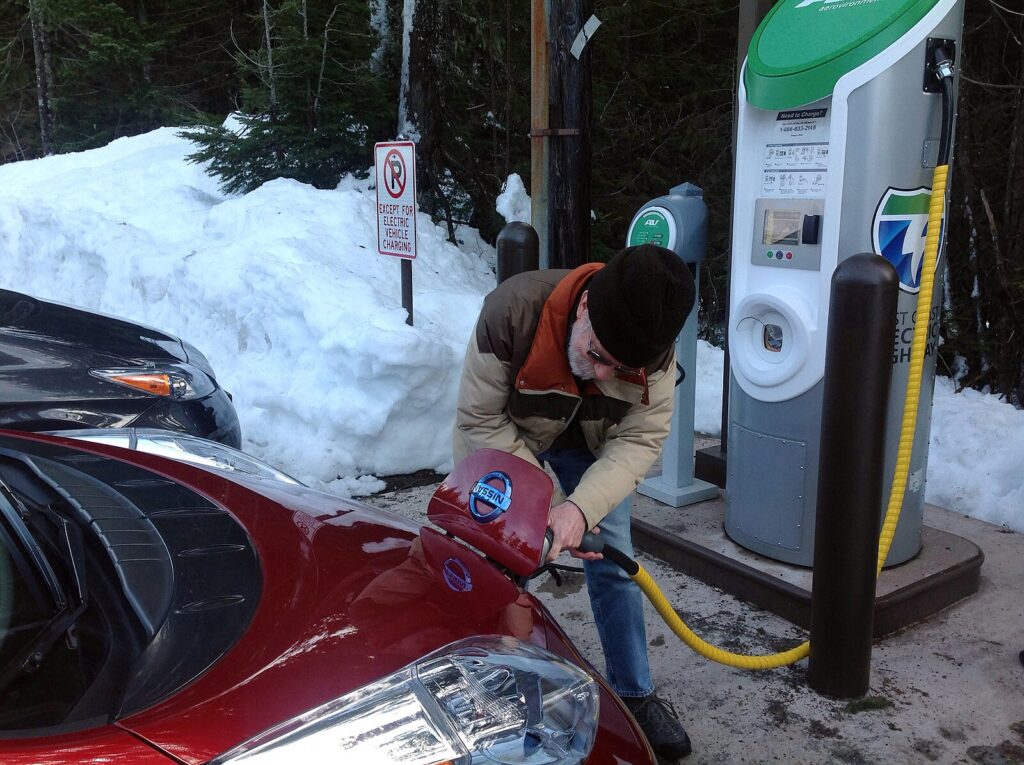
Going green is admirable, and hybrid or electric vehicles promise lower fuel costs—but the sticker shock on some of these models can offset years of pump savings. The upfront premium can be $5,000–$10,000 more than a comparable gas-only model, and incentives or tax credits are subject to change with shifting regulations. Charging infrastructure is improving, but if you don’t have reliable home charging or live in an area with sparse chargers, you could face long waits or expensive public charging fees.
Meanwhile, lithium-ion battery replacements can cost north of $8,000 when warranties expire, and battery performance degrades over time. If your typical mileage is low and you have guaranteed home charging, a hybrid or EV might deliver cost savings—but if you’re logging long highway commutes or irregular driving patterns, a high-efficiency gas model could be more practical. Crunch the numbers on your actual driving habits, local electricity rates, and available incentives before you let eco-guilt rush you into a high-tech purchase. Sometimes the “green” option is smarter used, with warranty coverage, at a lower entry price.
8. “I Just Have to Have That Color—It’s Totally Me”
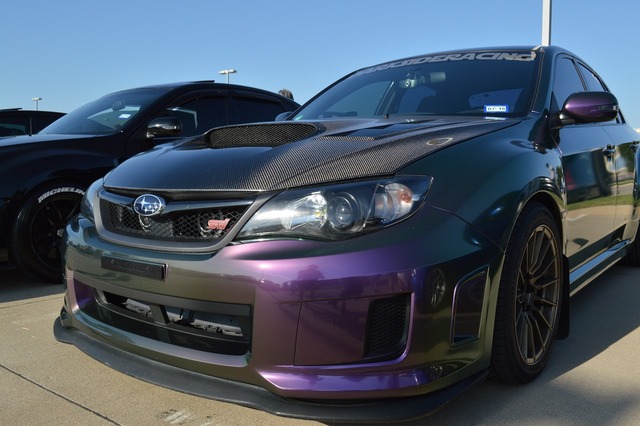
We’ve all seen that one utterly drool-worthy shade on the showroom floor, and it feels like love at first sight. But special-order or premium-paint options can tack on hundreds or even thousands of dollars to your invoice. And if you decide to sell later, your unique color might not appeal to the mass market, dragging down resale value and leaving you stuck with a ride that takes longer to move. Moreover, touch-ups for chips and scratches in custom colors can be a pain—body shops charge more for rare hues and matching mixed paints.
Meanwhile, popular factory colors often move faster on the used market, meaning better trade-in or sale prices down the road. So while that unicorn-pink swoop might scream “you,” it can also quietly drain your wallet at every twist and turn. Before you lock in that exclusive shade, ask yourself: am I buying a car, or a canvas for my dreams? If it’s the latter, plan for the extra cost and potential resale hurdles—or embrace a classic color and put the savings toward something equally fun, like a killer sound system.
9. “I’ll Only Keep This Car for a Couple Years, So Who Cares About Depreciation?”
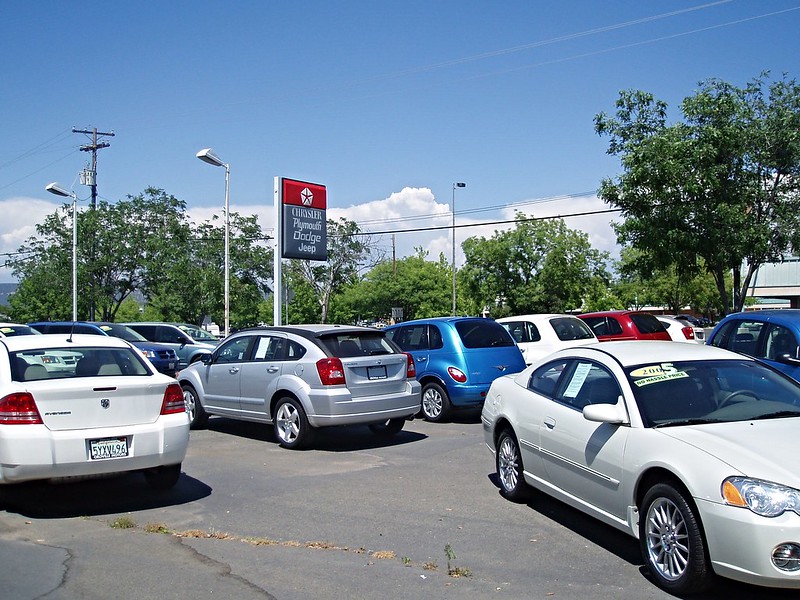
If you truly plan to swap rides in 24 months, depreciation still eats you alive—it’s just happening behind the scenes. New cars lose about 20–30% of their value in year one alone, and another 15–20% in year two, according to industry averages. That means in total you could see nearly half your investment vanish before you’re ready to trade.
Even if you love that short upgrade cycle, you’re still stuck shouldering that depreciation hit when you sell or trade in, effectively paying a “use fee” that far outpaces any upgrade excitement. Leasing hides this cost by wrapping it into your payment, but buying outright puts it squarely on your shoulders. If you want flexibility without the depreciation dagger, consider certified pre-owned models that have already taken the bulk of the depreciation hit. Your wallet will thank you when you’re not starting each new ride with a negative equity backpack.
10. “Financing Through the Dealer Is Definitely Easier Than My Bank”
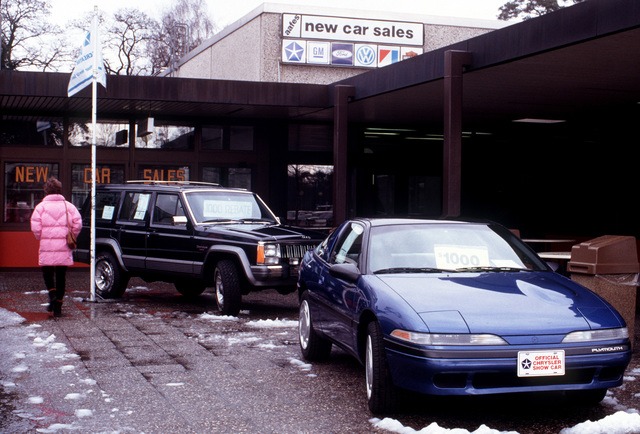
Dealer financing desks make it sound like a one-stop shop: “Pop by, sign here, drive away!” But ease often comes at a cost. Dealers earn hefty kickbacks from lenders, which they often disguise as convenience fees or slightly higher interest rates. Meanwhile, banks and credit unions are competing for your business and might offer lower APRs or more transparent terms.
Dealer-sponsored loans can include hidden charges—like under-the-table “loan origination fees”—that you wouldn’t find in a direct bank agreement. And when you mix-and-match multiple dealer incentives or rebates, it can muddy the waters on your true loan rate. Always get preapproved with your own institution before you step foot on a lot—then you’ll have real data to negotiate from, and you might find that your local credit union will hand you a better deal over a frosty cup of lobby coffee.
11. “I’ll Worry About Insurance Costs Later”

Buying a new car without checking insurance rates first is like ordering a 10-course meal without asking for the price—shocking bills await. Sports cars, luxury SUVs, and EVs often carry steep insurance premiums because of higher repair costs and safety concerns. Even mid-tier models can have unexpected surcharges based on theft statistics, safety ratings, or repair-part availability.
Many buyers are blindsided when they discover their monthly insurance bill is as high as the car payment itself. A quick call to your agent or an online quote can save you thousands over the life of a loan. Make insurance part of your car-shopping spreadsheet—line it up alongside fuel, maintenance, and financing to get the full monthly cost picture before you swipe that credit card.
12. “This Dealer Has the Best Price—No Need to Shop Around”
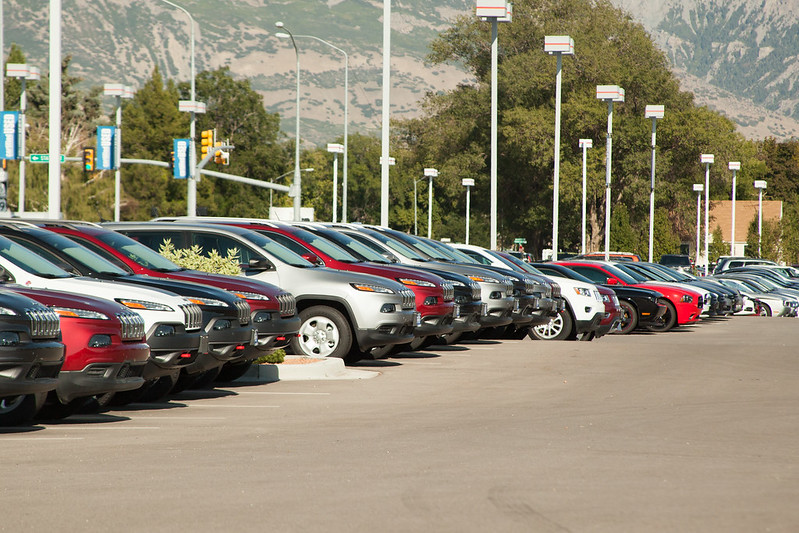
You might feel validation seeing a “We Beat Any Deal!” banner on the showroom, but don’t let bravado trump due diligence. Dealer “best price” claims often hinge on cherry-picked competitors or require obscure rebate stacking that’s only available to unicorn buyers. Many salespeople use limited-time “today only” pressure tactics to keep you from comparing true market rates. With online pricing tools and aggregator sites, you can get real-time invoice or market-based pricing data and pit dealers against each other.
Even small out-of-state shipping fees can be worth it if the dealer’s base price is thousands cheaper. Always shop at least three dealerships, request written quotes, and read the fine print on every incentive. Because in the glittering world of auto sales, “best price” is often just another line item in a four-hour negotiation marathon.
This article is for informational purposes only and should not be construed as financial advice. Consult a financial professional before making investment or other financial decisions. The author and publisher make no warranties of any kind.








